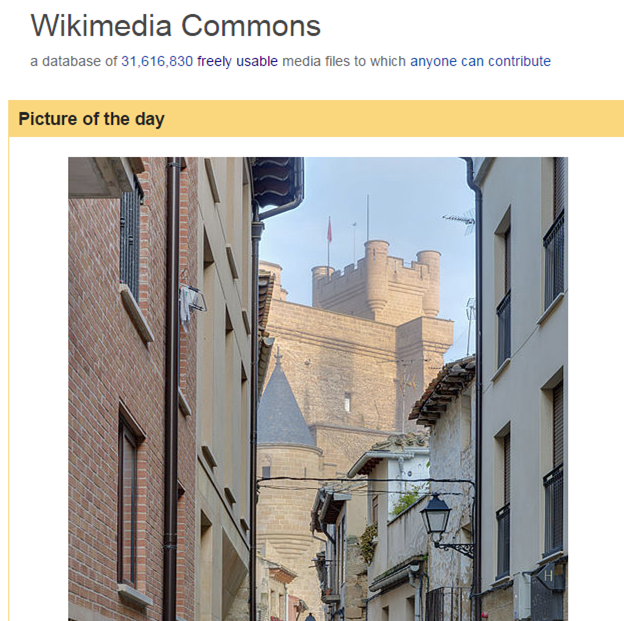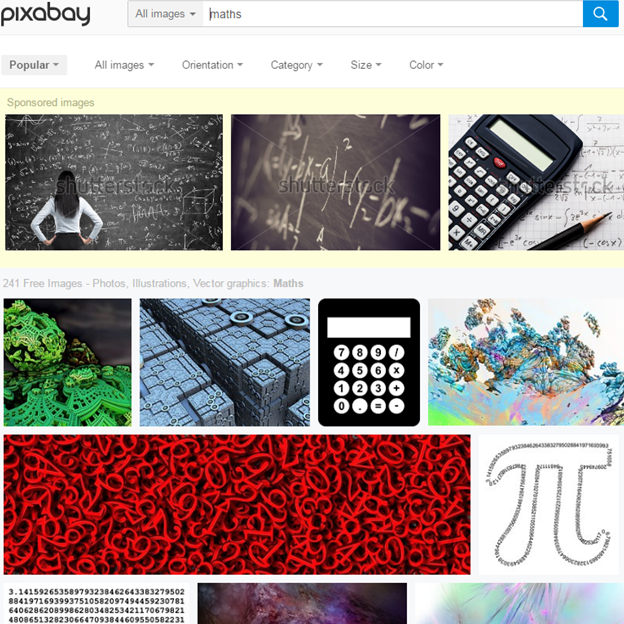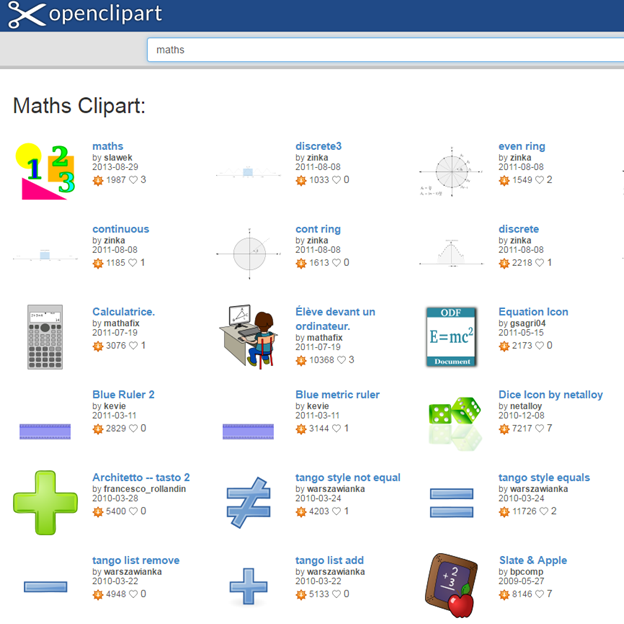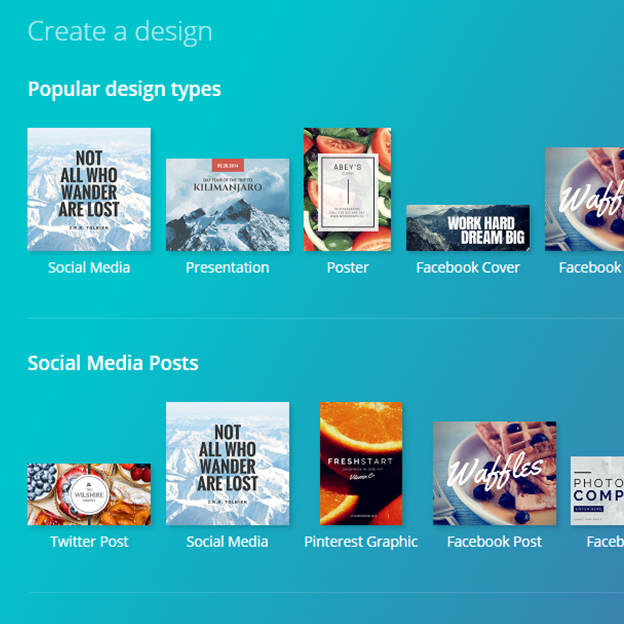While the Internet is possibly the best thing that’s happened to teaching and education in the last thirty years (think TES resources, Twitter, independent sites, quick communication channels), it also comes with a minefield of copyright issues. A couple of weeks before I left my last job, an email went round to all staff reminding them of copyright issues with downloading and using images from the Internet – and I used to be as guilty of this as the next person. When planning a lesson, it’s very easy to just Google and pull in an image from anywhere to jazz up a PowerPoint – accessing images from all over the world means that you can easily illustrate a point about real-life applications of the mathematics pupils are studying. However, with the prevalence of online resource sharing, it’s more important than ever to make sure that images used and redistributed are actually done so legally.
I don’t profess to be an expert on copyright – when reading and researching around the subject while picking content and images for blogs, it’s clear that even experts are struggling to keep pace with the changes in technology. One case in point is Pinterest, popular not only with educators but with hobbyists globally. By traditional copyright law, Pinterest users should either own or have permission to distribute the content they are posting, creating a real dilemma with Pinterest’s stated aim of being a “visual bookmarking tool”. There’s an interesting article from the Wall Street Journal here if you’re interested in finding out more about the legal issues.
Fortunately, there are plenty of quality public-domain image sites where you can source content available for any use, often including full commercial rights – so without further ado, here’s my top 5.
1. Wikimedia Creative Commons
The Wikimedia Creative Commons library is a huge library of user-created content – many of the pictures and resources have been uploaded by amateur photographers or creators, and you can easily search pictures for most topics.
I source 90% of my blog header images from here. Pictures often require attribution, but most creators are happy for their work to be used in any electronic or print format. It’s worth checking out – there are some very high quality images on there.

2. Pixabay
Pixabay operates in a similar vein to the Creative Commons library, and contains thousands of copyright-free images. The pictures on here are incredibly good quality, and while finding very subject-specific images is difficult, they have a broad range of general mathematics images, along with plenty of real-world pictures to illustrate teaching points.
One word of warning – there are some images hosted from Shutterstock (clearly watermarked) which are not public domain and require a license.

3. Clker
Clker’s online clipart gallery is created by users and uploaded under the CC 1.0 Universal license, which essentially waives any copyright on the content.
They have a wide selection of images, including plenty for educators. The quality can be a little hit-and-miss, but there are some really nice pieces of clipart on there if you dig deep.

4. Openclipart
Openclipart operates in a similar vein to Clker, and provides user-created clipart images under an unlimited license.
Many creators on Openclipart produce series of clips in the same style, which can be useful if you’re looking for a set of matching images to add to a resource or presentation.

5. DIY
This may seem facetious, but one of the best sources of realistic mathematical images is getting out there and taking photographs yourself. Most of us now carry around a very high quality digital camera on our smartphones, and there are plenty of opportunities for capturing some excellent real-world mathematics.
I attempted a Maths in Pictures series on my honeymoon last year as part of the summer blog challenge, and Tom Bennison recently posted Posing Mathematical Questions featuring four excellent mathematical images. Look out for floor tiling patterns and interesting structures, and if you’re after a specific image, it may often be quicker to create it yourself than try to hunt down what you’re after online.

Honourable mention: Canva
While Canva is not exactly an image library, I thought it’s worth including on this list because it is quite simply the best free source for creating high-quality composite images for things like blog headers or social media posts. I discovered Canva via Mark Anderson’s post on Staffrm while doing the 29 days of writing challenge in February.
It’s very easy to learn to use, with options to use their free images or upload your own. I particularly like the automatic sizing options for various social media formats, such as Facebook covers or Twitter cards. I created the header image for this post in about three minutes!

